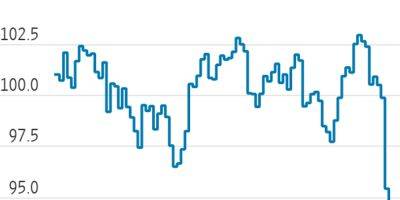UK interest rate rise: what it means for you
The Bank of England has yet again raised interest rates, this time by 0.25 percentage points, taking the base rate to 4.25% in the 11th rise since December 2021. So what does this mean for your finances?
Thursday’s move is yet another blow for the approximately 2.2 million people on a variable rate mortgage, whose monthly bills have been ratcheted up.
Roughly half of those are either on a base rate tracker or discounted-rate deal. The other half pay their lender’s standard variable rate (SVR).
A tracker directly follows the base rate, so your payments will almost certainly soon reflect the full rise. On one now at 5%, the rate would rise to 5.25%, adding £21 a month to a £150,000 repayment mortgage with 20 years remaining, moving the monthly payment from £990 to £1,011.
As recently as last June, the person in this example would have been paying £776 a month – so their home loan bill has jumped by 30% in nine months (assuming they have had their deal for a while).
Of course, for those with bigger mortgages, the numbers will be bigger. Increase the above mortgage to £500,000 and the payment will rise by £69 (from £3,301 to £3,370).
SVRs change at the lender’s discretion, but most will go up, though not necessarily by the full 0.25 points. Some lenders may take some time to announce their plans.
The average SVR has now gone above 7% for the first time since October 2008, according to the data provider Moneyfacts, so most people on one should probably switch to something cheaper.
Well over 6m UK mortgages (more than three-quarters of the total) are fixed-rate loans. These borrowers are insulated until their deals expire; for some that might be in one or several years’ time, for others it will be in the next few weeks or months.
It’s
Read more on theguardian.com




![Do Kwon - Terra LUNA Classic [LUNC] Price Prediction 2025-2030: LUNC plummets as tensions rise - ambcrypto.com - Compilation - Montenegro](https://finance-news.co/storage/thumbs_400/img/2023/3/26/61614_8jg.jpg)










